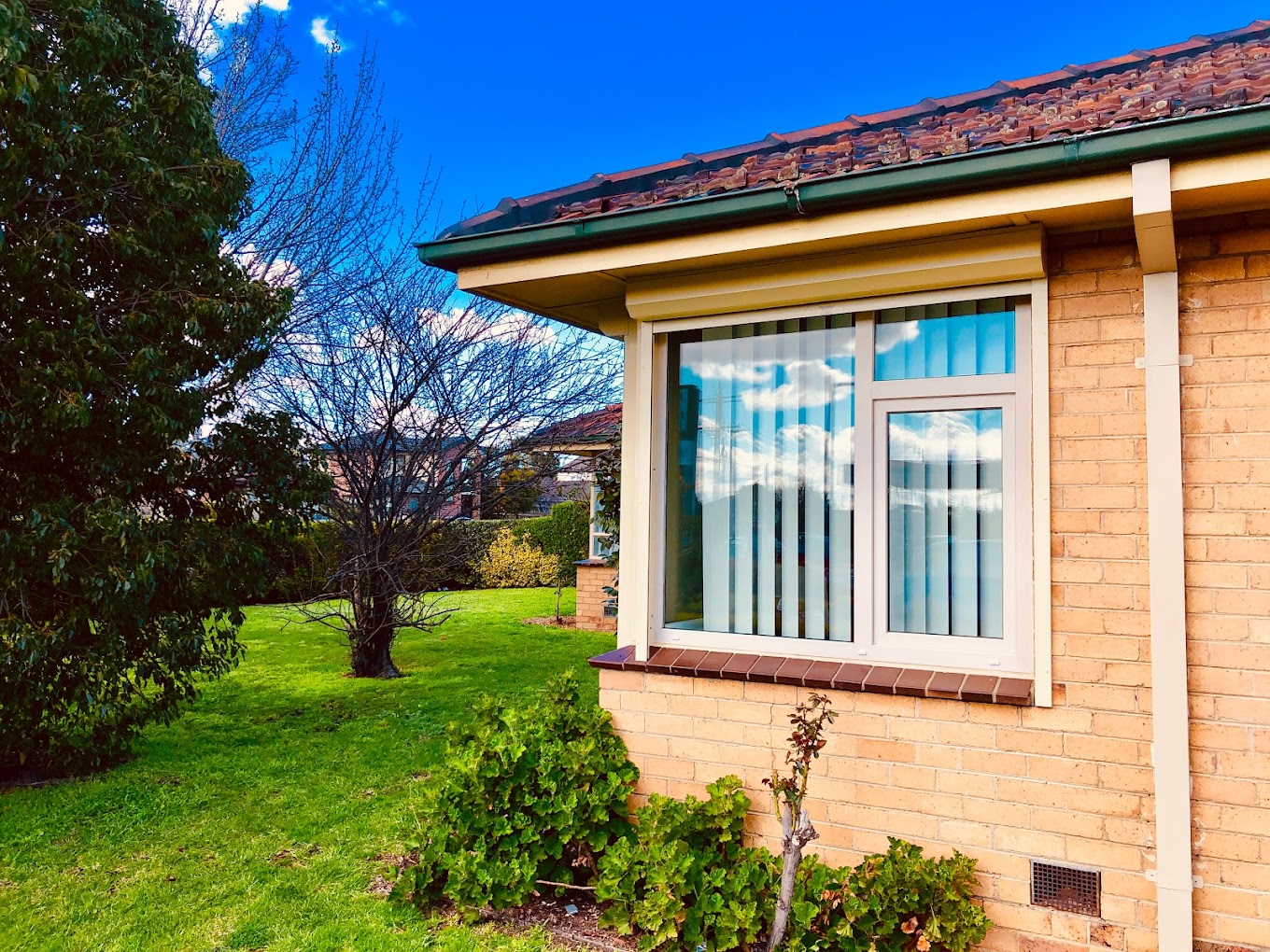All Categories
Featured
Table of Contents
Diy Double Glaze in Beechboro Perth
Laminated glass is typically used in areas in the house most susceptible to injury from human effect such as bathrooms, doors, around staircases and in areas near the flooring (it satisfies the requirements of 'shatterproof glass' that is mandated for use in these locations by Australian Basic AS 1288 Glass in structures).
Toughened glass has been 'tempered' by being reheated and quickly cooled once again. This process makes it much stronger than basic glass it can withstand greater impact loads prior to breaking. It likewise makes it safer because, when it does shatter, it breaks into numerous small cubic pieces rather than unsafe shards.
Window Glazing For Households - Energy in Ridgewood WA
Toughened glass has no thermal or acoustic benefits over other glass of the very same toning or thickness. Secondary glazing is where single-glazed windows are retrofitted with a transparent acrylic or glass sheet connected to the inside of the frame or openable sash with a secondary frame or with magnetic strips.


Secondary glazing will not carry out too thermally as a produced IGU, since it is impossible to completely seal the perimeter, however it can provide good noise control. Window films are a thin polymer movie containing an absorbing dye or reflective metal layer, with an adhesive backing. They stick to your glazing to change its colour or make it reflective.
Diy Double Glaze in Walliston Perth
Applied to existing glass, some window films can halve the general SHGC of the window by taking in and/or reflecting solar radiation. This can be particularly advantageous in hotter environments where cooling is the primary concern, or on east and west elevations directly exposed to extended periods of sunlight. Nevertheless, window films might likewise reduce visible light transmittance.

For this reason, it is generally best to use a recognized installer of window film. Frames have a considerable effect on the thermal efficiency of windows and doors, due to the fact that energy can be gained and lost through the frame, as well as through the glass. Different types of frame will allow various levels of heat gain and loss, so cautious choice of frame is very important for efficient passive design.
Save Energy With Double Glazed Windows in Ellenbrook Western Australia
Aluminium is also a really excellent conductor of heat and will reduce the insulating worth of a glazing system, unless particularly engineered to lower this. A 'thermally broken' frame is made up of 2 aluminium sections connected by a structural insulator (normally a low-conductivity structural polymer). This 'breaks' the thermal connection through the aluminium and reduces the heat streaming through the frame.
They can be costly, however rates are reducing as they end up being more typical. Wood frames are a good natural insulator that can fit some home designs. Lumber frames must be made from species that have naturally high resilience or be treated to prevent decay and contortion. Examine that the wood is sourced from a sustainably managed forest.
The Best Double Glazing Companies In Canberra in Henley Brook WA
(weather condition stripping) is installed.
u, PVC windows and doors have excellent thermal performance Photo: Ben Wrigley (Light House Architecture and Science) Composite frames utilize aluminium profiles on the external areas with either a lumber or u, PVC inner area. These combine the low maintenance and resilience of aluminium with much enhanced thermal efficiency.
Latest Posts
Why Is Double Glazing So Important In Winter? in Floreat Western Australia
Pros And Cons Of Argon Gas In Windows in Bedford Perth
Can I Have Double Glazing In A Summerhouse? in Madeley Perth